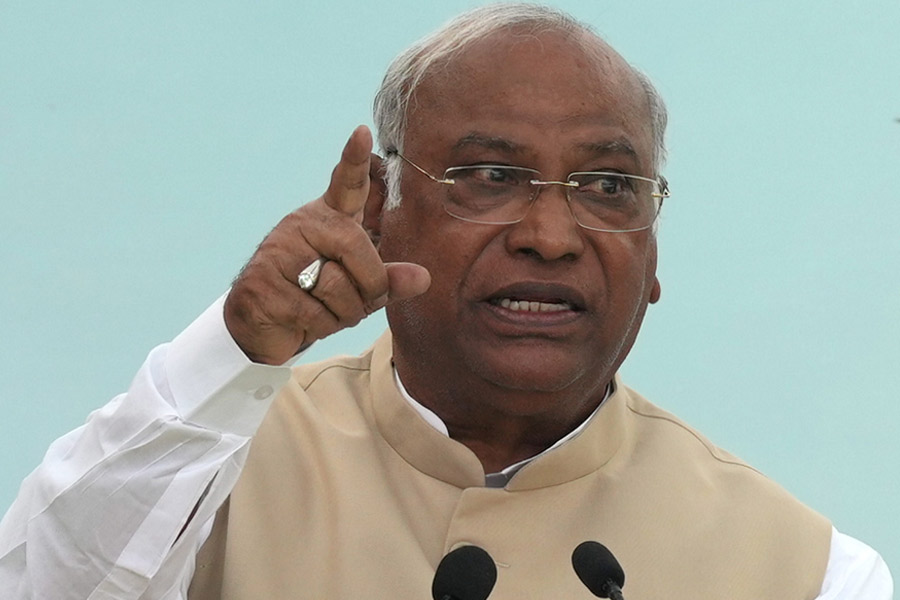Brief Lives has often wondered how Tiretta Bazaar got its name, and has recently learnt that it was founded by a certain Venetian called Edward Tiretta, who was for some time the superintendent of streets and houses in the city of palaces.
It is not clear how an Italian exile succeeded in attaining high office under the East India Company, but one of his earliest mentions occur in the Calcutta Gazette of 1788, in which he comes across as a prosperous burgher, with a market already named after him. This market was valued at nearly Rs 2 lakh and yielded a monthly rent of Rs 3,600. The Gazette described the bazaar as occupying nine bighas and eight cottahs of land, “formed in two squares, with convenient shops, surrounded with a colonnade veranda, and the whole area of the square is divided into commodious streets with pucka stalls”.
But in 1829, a certain Sir Toby Rendrag bewailed the lack of a proper market in Calcutta, and complained in verse: What though Tiretta’s boasts of flesh, fowl and fish?/ So throng’d-so dirty-one can scarce shove through it/ Upon my word ‘tis a disgrace to view it.'
There is more in a similar vein, but in 1791 Tiretta went bankrupt, and his market was raffled off as a prize in a lottery. The buyer was one C Weston. But soon Tiretta branched out into other areas of business, founding, of all things, a burial ground on Park Street which came to be known as Tiretta’s Burial Ground.
A contemporary William Hickey, left the following account of Tiretta: “By birth he was an Italian, but had spent considerable portion of his life in France and Germany. …he had made no great proficiency in the English language…it being perfectly ridiculous to hear the strange mélange had made when speaking…a compound of English, French, Portuguese and Hindustani, interlarded with the most uncouth and outré oaths in each language.”
Hickey reports how Tiretta once danced in a full-trimmed suit of rich velvet at the height of the Calcutta summer on the King’s birthday and earned the soubriquet “Nosey jargon” from the other Hickey, James Augustus, who was representing his newspaper.
Despite the ridicule that he attracted, Tiretta continued to rise professionally, and he was first appointed mapmaker and then civil architect under the Company.
The repair and maintenance of the jail was under his care. There is a document of 1794 mandating Tiretta to make temporary landmarks designating the outer limits of the city of Calcutta.
However, the most interesting account of Tiretta comes from his friend Giacomo Casanova, the legendary lover. According to Casanova, Tiretta lost his mistress in a grievous illness, and was in such despair that he boarded a ship for Batavia.
Casanova writes: “I heard from one of his relations that he was in Bengal in 1788, in good circumstances”.
Tiretta died in 1797 and had the singular honour of being buried in a cemetery named after himself.










